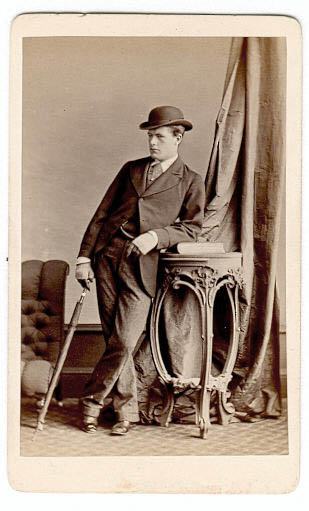Yesterday I held a public lecture in a local suburb of Göteborg, a place called the Mountain Lake. In English the name is totally exotic and idyllic. In Swedish the place is called Bergsjön (literally the mountain lake). Bergsjön is not a place with idyllic connotations but rather one thinks of a problem suburb to the northeast of Göteborg.
Built in the 1960s. Bergsjön is actually a part of Göteborg which lies close to nature, with parks, and yes, a lake. The area is 8 km outside the city center with good public transportation. Almost all the street names have something to do with outer space (for example Galileo Street and Comet Road). At the same time the area is also described as a failing area marked by social segregation, high unemployment and a large (yet diverse) immigrant population.
Bergsjön came to be built during the so-called million program which is the common name for the large scale housing project intended to solve the housing crisis of the 1950s and 1960s in Sweden. The goal was to build one million apartments in Sweden during 1965-1974. It is worth remembering that the population of Sweden is today 9 million.
The architectural ideal of the day was strongly focused on a few key ideas such as commuting, intense central planning, functionalism and a return to nature (or rather a desire to leave the narrow confines of the small stone cities). These ideas, coupled with narrow economic margins, formed the way in which these satellite cities were designed, built and populated. Today one fourth of the population of Sweden lives in a house built in this program. Despite the ideals and economic constraints, in the end, only one fourth of the houses of the million project have more than six floors.

Many of the complaints against the projects do not concern themselves with the standard of living or the building materials and techniques used. The problem has been seen as a social problem. By building large-scale projects also involves the movement of people. These people have little or no common background connected with the place. Therefore social cohesion becomes difficult from the start.
In addition to this these spaces have been populated with a high number of new immigrants in addition to people with social problems. Thus the areas have been marked with high unemployment. This leads to high social costs and low council taxes which creates a negative spiral.
Social cohesion is on the rise. The first â??officialâ?? notice of this development came from linguists who began to notice a common language being formed and developed in these areas. The language is marked with a high level of borrowed terms from many different parts of the world. Once this minor dialect became more popular it also brought with it a growing awareness of the cultural developments within these areas.
Despite this there remain serious issues connected to the buildings of the million program. Mikael Askergren suggests that they should not be seen as social living spaces but rather:
â??Why do people have such problems loving the concrete architecture of Sweden’s structuralist residential suburbs of the 1960s and 1970s? Most people seem to agree that it is impossible to live a decent life there. But it should be possible to learn to love the architecture of these suburbs as monumentalist artworks; as sculpture. The future of the suburbs of the 1960s and 1970s is not to be lived in, but (much like the castles, palaces, and other monumentalist artworks of ancient times) to be emptied, to be restored to their original splendour, and then to become the subject of tourism.â?? â??Concrete Tourismâ?? by Mikael Askergren, Plaza Magazine, 5-2002.
Whatever happens these areas constitute the real fringe of Swedish language and cultural development. Away from the mainstream they may be the place from where new culture may be introduced into the mainstream.
However, none of this will solve the social issues connected with the larges sites of the million program. Politicians have largely ignored the topic of social improvement since they naively believe that reducing unemployment through different schemes (carrots and/or sticks) will even fix problems of social seclusion and segregation.



